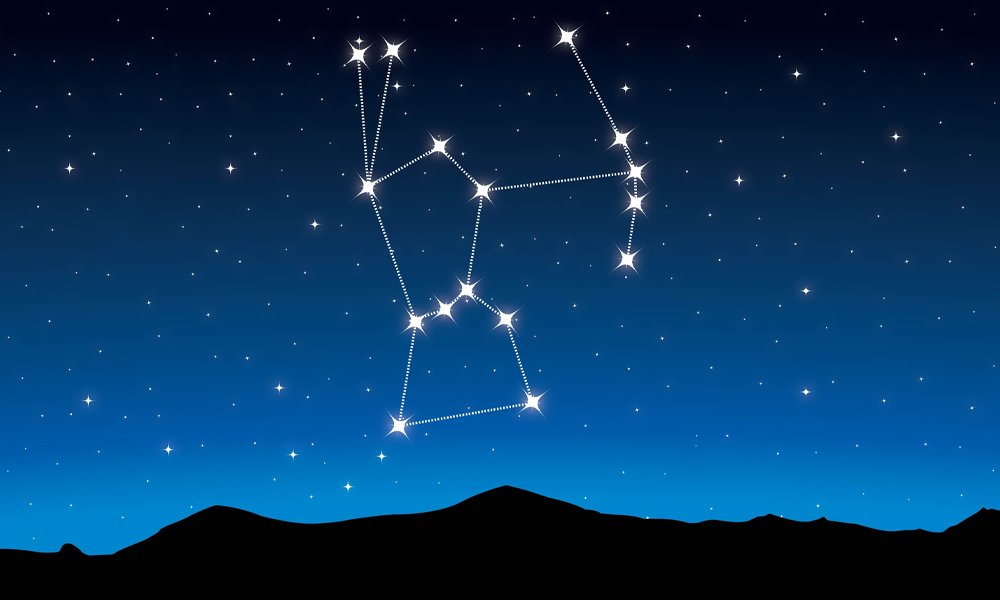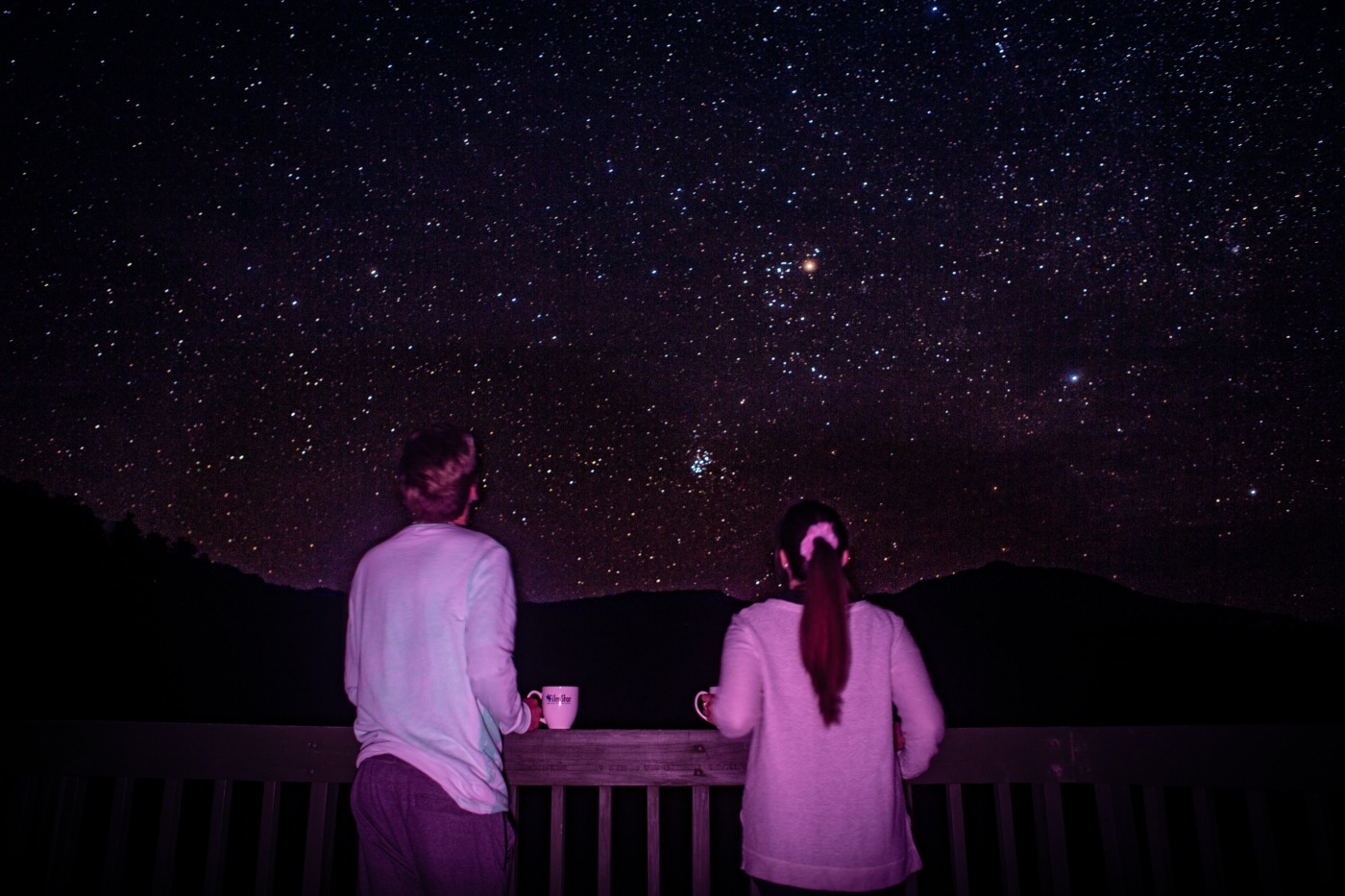Top tips for stargazing
Now that winter has set in, we face months of long, dark evenings. As heading south to a tropical location is off the table, we need to find ways to make the endless nights more fun. Enter – stargazing! It’s much easier to socially distance stargazing than on a night out at the pub. Plus, it’s more interesting than watching Netflix’s ‘A Christmas Prince’ for the eleventh time. You don’t even need any equipment aside from a warm coat and a mug of hot chocolate.
To get the best out of your time stargazing, you need to be in a dark place (physically, not emotionally). It takes some time for your night vision to develop and looking at bright lights will ruin it. If you’re going to use your phone, make sure its brightness is turned right down and use a red-light filter if you can. Light pollution will impact the number of stars you can see and varies depending on where you are. There’s not much you can do about it, as most light pollution in residential areas comes from cars and street lighting, but you can make sure your curtains are closed at night. It’s better to stargaze away from developed areas if possible (and safe!). You can check the level of light pollution in your area using this website.
Even if light pollution is blocking the best of the night sky, there will still be bright constellations that you should be able to see. In the UK, Orion is one of the easiest constellations to find this time of year. There’s a good chance you already recognise Orion’s belt- it looks like three bright stars in a straight line with some fainter stars under it that make up his sword. The belt is inside a rectangle of four other bright stars that make up Orion’s shoulders and feet. You’ll find Orion in the south-to-south-west in the evenings. It’s a very big constellation; if you stretch out your hand to the sky, you won’t be able to cover it. If you need more help finding Orion, apps like Star Tracker and SkyView have live maps you can hold up to the sky.

Image from https://www.planetguide.net/orion-constellation/
From Orion, you can find other constellations. Imagine a line from Orion’s left foot (his left, your right) to his right shoulder. If you extend that line to about double its length, you’ll hit two stars. These stars are the heads of the twins in the Gemini constellation. Gemini is the Zodiac sign for people born from 21st May to 21st June- Zodiac constellations are always best seen six months after their time of year. Taurus is another Zodiac constellation that can be seen in the winter. To find it, extend the line between Orion’s right foot and left shoulder to twice its original length. Taurus looks like a ‘V’ on its side. If you follow this line in the other direction, you’ll come close to a very bright star. This star is Sirius, the dog star.
If you’re looking for something a bit closer to home, you’ll want to try spotting planets. To tell the difference between a star and a planet, watch for twinkling. Planets don’t twinkle like stars because they are much nearer to us. Their light is less disrupted by the atmosphere. The planets you can see vary with time because of their different orbits around the sun. Venus will be especially bright at the end of January, it’s easiest to find just after sunset before the stars come out. Mars will rise only a few hours before the sun this winter, so to see it you’ll have to get up before dawn (and who wants to do that?). Now is a great time to observe Jupiter because it’s visible in the evenings. On the 5th and 6th January, it will be near to the moon.
Now you know how to find some constellations and planets, you have the tools you need to have a go at stargazing. There are very few things more beautiful than a starry sky and I hope this article helps you appreciate it. If you don’t, being able to point out a few constellations can fool people into thinking you do, which is nearly as good.

Comments